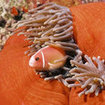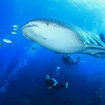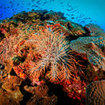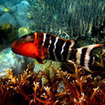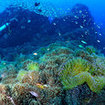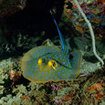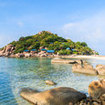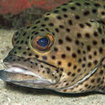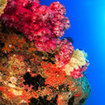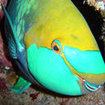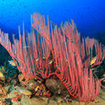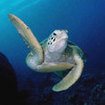We use cookies to personalise content for you and to analyse our traffic.
Find out more how we use cookies. Accept Cookies
"Over 22 years making dreams come true for divers... just like you"
Contact us now at ask@dive-the-world.com
Diving Sites
Andaman Sea North
Similan Islands
Richelieu Rock
Koh Bon
Koh Tachai
Khao Lak
Surin Islands
Burma
Diving Courses
Primary Courses
Discover Scuba Diving
Scuba Diver
Open Water Diver
Adventure Diver
Advanced Open Water Diver
Emergency First Response
Rescue Diver
Divemaster
Specialty Courses
Master Scuba Diver
Boat Diver
Deep Diver
Dive Propulsion Vehicle
Drift Diver
Enriched Air Nitrox
Equipment Specialist
Fish Identification
Leopard Shark Awareness
All
Australia
Great Barrier Reef/Coral Sea
Southern Australia
Rowley Shoals
Cairns Barrier Reef
Bahamas
Belize
British Virgin Islands
Cayman Islands
Costa Rica
Cuba
Djibouti
Dominican Rep
Ecuador
Galapagos Islands
Egypt
Southern Red Sea
Red Sea North & Wrecks
Fiji
Honduras
India
Indonesia
Komodo
Raja Ampat
Banda Sea
Alor & Flores region
Riau Archipelago
Wakatobi Archipelago
Sangalaki - Maratua
Triton Bay
North & Central Sulawesi
Sumbawa
Cenderawasih Bay
Transit Trips
Forgotten Islands
Halmahera
Malaysia
Tioman
Sipadan
Maldives
Central Atolls
Outer Atolls
Marshall Islands
Mexico
Magdalena Bay
Socorro Islands
Sea of Cortez
Myanmar
Palau
Philippines
Visayas
Batangas-Bicol
Palawan
Tubbataha Reef
Coron Island
Apo Reef
Transit Trips
Saba & St Kitts
Solomon Islands
Sudan
Thailand
Phuket & Phi Phi Islands
Hin Daeng & Hin Muang
Koh Tarutao
Similan Islands
Truk
Turks and Caicos
Koh Tao Diving Guide
Turtle Island's Scuba Attractions
- Page contents:
- Introduction
- The dive sites
- Diving season/sea conditions
- Reef basics
CUSTOMER TESTIMONIALS
... I contacted 3 different operators when I planned this holiday. Not only was Dive The World quickest to respond, their reply was the most informative. I also think that their website is the best laid out for any scuba diver wanting to book a holiday ... Arun Vajpey, India



